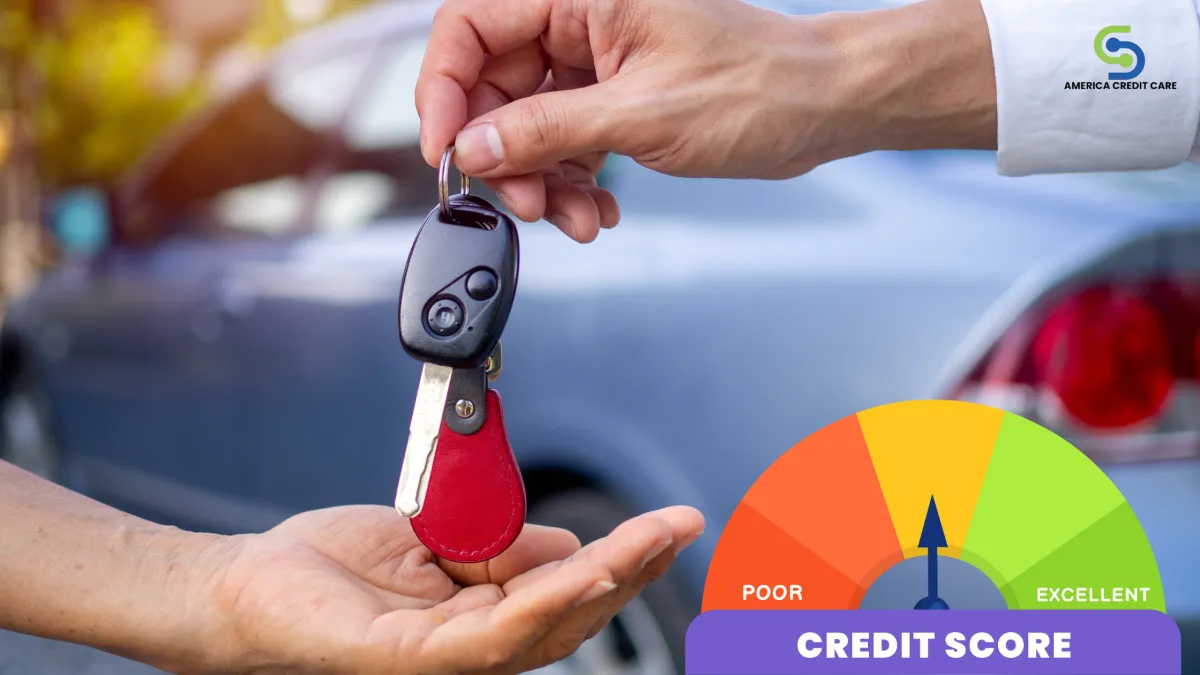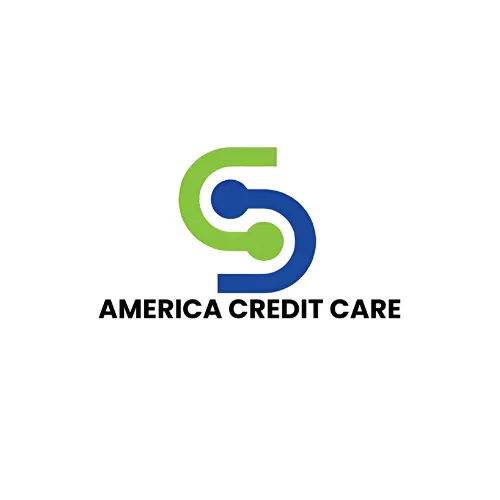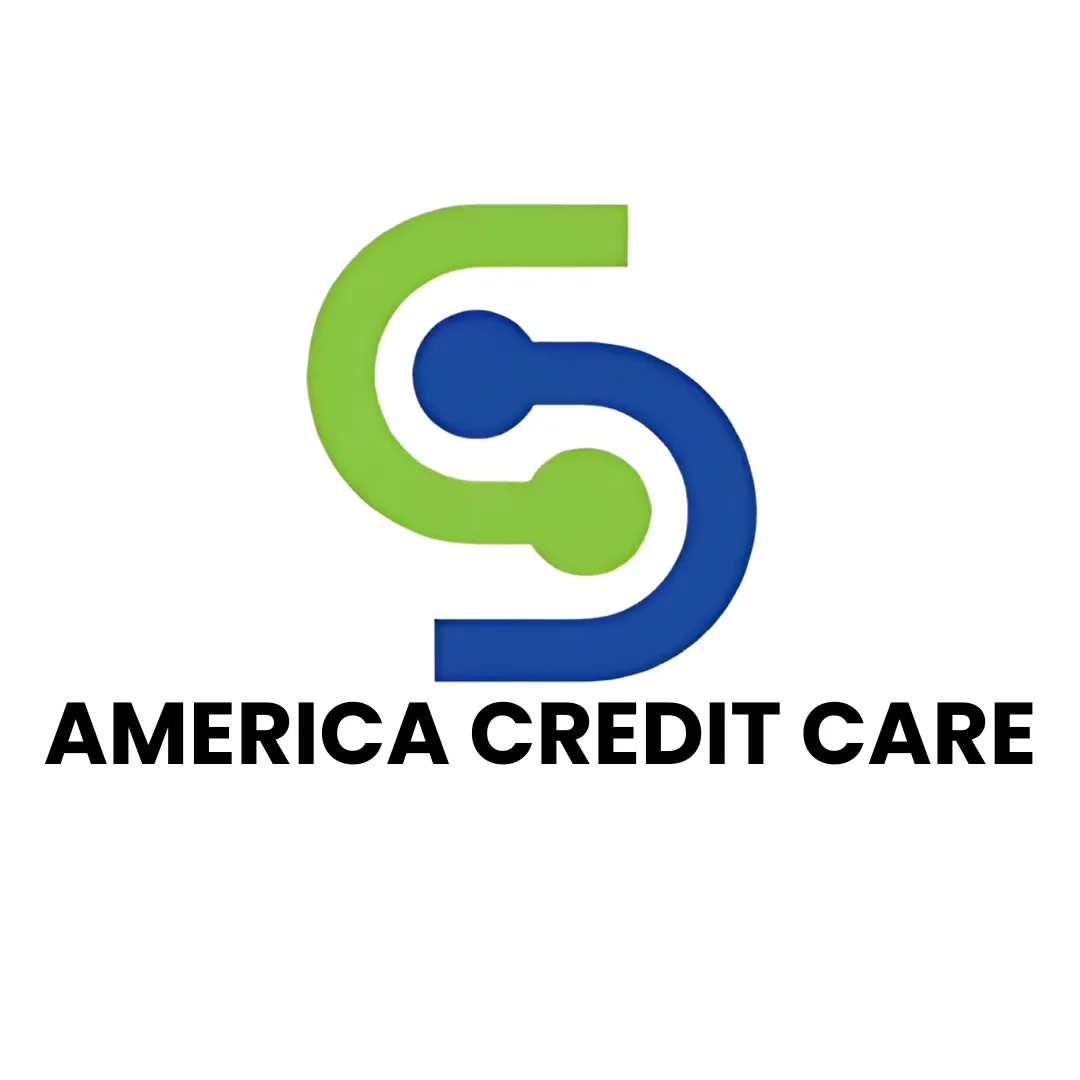Blog
Contact Us
At Credit Care of DMV, we don’t just repair, but also educate people about credit so that they never find themselves in that same situation in life.

Buy Your Dream Car: Credit Score Needed to Buy a Car
Are you planning to buy a car this year? Are you worried about whether you have the required credit score for a car loan?
While there isn’t a specific minimum credit score needed to buy a car in the United States, most lenders reserve their best rates for consumers with good credit scores.
The best car loan approval odds and rates typically start around VantageScore 3.0/4.0 ≈ 661+ or FICO base score ≈ 670+.
Many auto lenders also use FICO Auto Scores (industry versions like Auto 2/4/5/8/9/10) that range between 250 and 900; in practice, pricing tiers often improve materially once FICO Auto is around “prime” (roughly equivalent to ≥661 on common tiering), though each lender’s cutoffs vary.
Yes, most auto financing goes to borrowers at 661+, yet a meaningful share of loans are still made to consumers in the 501–600 band and even below 500, albeit typically at much higher APRs and tighter conditions.
FICO Base Credit Score Needed to Buy a Car
The FICO Base Score is a general‑purpose credit score that ranges from 300 to 850 and is widely used by lenders to assess overall credit risk, including for auto loans.
So, what is the minimum FICO credit score needed to get a good car loan? In common classifications, FICO considers 670–739 “Good,” 740–799 “Very Good,” and 800–850 “Exceptional,” with higher bands generally unlocking better approval odds and lower auto loan APRs, though each lender sets its own cutoffs.
Because auto lenders may price loans based on risk tiers, moving from “Fair” (580–669) to “Good” (670–739) often results in meaningfully improved terms on car loans even if the rest of the application is unchanged.
FICO publishes several base versions (e.g., FICO 8/9/10), but all share the 300–850 range; industry‑specific versions like FICO Auto use a different 250–900 scale.
What auto lenders do with base FICO
Many lenders pull a base FICO to gauge risk and set initial pricing tiers, sometimes alongside an industry‑specific Auto Score and other underwriting data like income, debt‑to‑income (DTI), loan‑to‑value (LTV), and down payment.
Because policies vary, two lenders can view the same base FICO differently, which is why comparing offers can reveal sizable APR differences even at the same score.
What does a “good” FICO credit score mean for car loans
Starting around 670 on the base FICO typically places you in “Good,” where access to broader lender programs and lower rates improves, while 740+ often qualifies for top‑tier pricing with many lenders, subject to their specific cutoffs and verification of capacity and collateral.
Even in “Fair,” car loan approvals remain possible, but expect higher APRs, tighter terms, or larger down payment requirements as the price of elevated risk.

How to improve your base FICO before applying for a car loan
Strengthen payment history: On‑time payments are the single most powerful long‑term driver of higher scores across FICO versions, directly reducing perceived default risk for auto lenders.
Lower revolving utilization: Paying down credit card balances to reduce utilization can raise base FICO scores materially and quickly, often improving your pricing tier for an auto loan
Avoid new negatives and excessive inquiries: Keep your report clean and limit new credit activity, including soft or hard inquiries, before you shop for car loans; this will help stabilize your score and minimize risk signals.
Smart car loan shopping with a base FICO
Precheck and compare: Review your base FICO and credit reports first, then seek multiple quotes within a short window to minimize scoring impact and find the best APR for your risk tier
Optimize the deal: Increasing your down payment, shortening the loan term, and choosing a vehicle with strong resale value can offset a lower score by improving LTV and overall risk to the lender.
FICO Auto Score (range 250–900) Needed to Buy a Car
The FICO Auto Score is an industry‑specific credit score that auto lenders often use to predict how likely a borrower is to repay a car loan on time; unlike base FICO scores that range 300–850, FICO Auto Scores run 250–900 and place extra emphasis on past auto‑related behavior, such as on‑time car payments, repossessions, and auto loan delinquencies.
Thus, a person’s FICO Auto Score can be higher or lower than their base FICO on the same day, depending on their auto‑loan history and recent credit activity relevant to vehicle financing.
How FICO Auto Score Differs from Base FICO
Purpose: Base FICO scores predict overall credit risk across many products; FICO Auto Scores specifically predict auto‑loan default risk, so they better match what car lenders care about when pricing and approving loans.
Scale and versions: Base FICO uses 300–850; FICO Auto uses 250–900 and exists in several generations (Auto 2/4/5/8/9/10), which lenders choose from based on preference and legacy systems.
Weighting: Auto Scores boost the impact of auto payment history and related negative events; strong past auto payments can help offset other weaknesses more than in a base model, while a repo hurts more in the Auto model than in a base FICO.
How Lenders Use FICO Auto Scores When You Need a Car Loan
Many auto lenders pull a FICO Auto Score from one or more bureaus because it aligns pricing tiers (APR offers) with the risk of an auto loan specifically; each lender sets its own score cutoffs and may also consider income, debt‑to‑income, loan‑to‑value, and down payment.
Since lenders can pick different model versions and bureaus, your number can vary across lenders. Prequalification with multiple lenders can show different rates even on the same day.
What does a “good” FICO Auto Score mean in practice when you intend to purchase a car
General FICO guidance considers 670–739 “Good” on base FICO (300–850), with higher scores improving approval odds and pricing; for industry‑specific FICO (250–900), lenders still tier risk similarly (e.g., subprime, near‑prime, prime, super‑prime), even though the numeric range differs.
Many lenders begin offering significantly better auto terms once your profile falls into a “prime” tier, which often corresponds to roughly the same risk level as a base FICO in the high‑600s/low‑700s, though exact breakpoints depend on the lender and Auto Score version used.

Practical tips to improve your FICO Auto Score to buy a car
Build a positive auto history: Make all car payments on time; even one late payment can weigh heavily in an Auto Score due to its focus on auto behavior.
Lower revolving utilization: Pay down credit card balances to reduce utilization; this helps both base FICO and Auto Scores because utilization is a key factor across models.
Avoid new negatives: Prevent collections, charge‑offs, and serious delinquencies; maintaining a clean recent history improves risk signals in all score versions.
Rate‑shop smartly: Submit applications within a short window so multiple auto inquiries are treated as one for scoring, minimizing any inquiry‑related score impact while you compare lenders’ offers.
VantageScore 3.0/4.0 (range 300–850) and Car Loans
VantageScore 3.0 and 4.0 are general‑purpose credit scores that run from 300 to 850 and are used by many lenders, marketplaces, and banks to evaluate auto loan applications and prequalifications.
Higher scores typically lead to easier approvals and lower APRs, though lenders set their own cutoffs and also weigh income, debt, down payment, and the vehicle’s value.
VantageScore labels 661–780 as prime and 781–850 as super‑prime, ranges that commonly receive more competitive auto financing offers, while 601–660 (near‑prime) and 300–600 (subprime) often face higher rates or stricter terms.
What makes VantageScore 3.0 and 4.0 different
Same range, different weighting: Both use 300–850, but their factor weights differ slightly. VantageScore 3.0 emphasizes payment history about 40%, then depth/age of credit, utilization, balances, recent credit, and available credit. VantageScore 4.0 modestly increases weight on payment history and recent credit while reducing balances and depth, and it introduced “trended data” (how balances/utilization change over time) for more predictive power.
Inclusivity and thin files: VantageScore can often generate scores with less credit history than many traditional models, which helps more consumers (including newer car buyers) receive a score for prequalification and car loan evaluation.
Prime tiers as practical targets: While exact lender thresholds vary, aiming for at least 661 on VantageScore 3.0/4.0 tends to place a borrower in the “prime” band where auto APRs and terms generally improve; pushing toward 720+ typically strengthens pricing further with many lenders.
How auto lenders use VantageScore
Many auto lenders and online platforms use VantageScore (alongside, or instead of, other models) for prequalification and underwriting, meaning your VantageScore may shape whether you’re approved and what APR you’re offered.

Lenders may also use other models (like industry‑specific auto scores), so outcomes can differ between dealerships and banks on the same day, even with the same credit report; that’s why it’s smart to compare multiple offers.
What improves VantageScore 3.0/4.0 for Car Loans
Pay on time, every time: Payment history is the largest single factor in both versions, so building a spotless record is the most powerful way to lift your score.
Lower revolving utilization: Paying down credit card balances to keep utilization low (often under 30%, and lower is better) can raise scores meaningfully across versions.
Stabilize your profile before applying: Avoid opening several new accounts or taking many hard inquiries right before auto shopping; a calmer recent history generally helps.
Let positive trends show: With VantageScore 4.0’s trended data, steadily reducing balances over recent months can be more favorable than a single‑month drop.
Practical car‑buying tips using VantageScore
Check your VantageScore and your credit reports before shopping, then address any errors and pay down revolving balances to capture quick, real gains.
Prequalify with several lenders within a short shopping window to compare APRs and minimize score impact; then use the best prequalified terms to negotiate at the dealership.
Improve the whole offer: A larger down payment, shorter term, and choosing a vehicle with strong resale value can reduce risk and help secure better terms even if your score isn’t yet in super‑prime.
How Can a Credit Repair Company Help You Save More When You Buy A Car
A legitimate credit repair company like AMERICA CREDIT CARE can help you save a good deal of money in the long run when buying a car.
Credit repair services can help by improving the accuracy and strength of your credit profile before you apply.
Even a modest score increase can drop your APR, cut your monthly payment, and reduce total interest paid over the life of the auto loan.
Here’s how a reputable credit report repair company helps:
Find and fix errors: Credit report repair services audit reports from all three bureaus to identify inaccurate late payments, duplicate collections, mixed files, or misreported hard inquiries, then pursue formal disputes and direct-furnisher corrections. Removing a single serious error can shift you into a better pricing tier.
Validate and clean up debts: Dedicated credit repair specialists request documentation to verify and remove negative items on your behalf. Unverifiable or outdated entries may be removed, and validated debts can sometimes be settled for less or updated to paid status—both can improve your risk profile before you start shopping for car loans.
Optimize utilization: Credit repair specialists can also help design a custom utilization plan to lower revolving balances, spread balances across cards, or time payments before statement cut—to capture quick FICO/VantageScore gains that translate into lower APRs.
Build credit: Credit repair companies can suggest authorized-user tradelines with a strong history or secured cards/credit-builder loans to add positive data if your file is thin to improve odds with lenders who have a higher credit score required to get a car loan.
Strategize inquiries: Some credit repair companies can also help map out a rate-shopping window and application sequence so multiple auto pulls count as one for scoring purposes; this helps avoid score dents before the dealer runs credit.
Prepare an underwriting package: Experts can help gather income proofs, employment stability documents, and down-payment verification to strengthen approval odds even if your score is borderline.
How cleaning up your credit report saves you money on a car purchase
Better APR tiers: Auto lenders price by risk tiers. Moving from “Fair” to “Good” (or into “Prime”) can cut APR by several points, saving thousands over a 48–72 month term.
Lower dealer markup: A stronger profile reduces the need for dealer reserve add-ons or costly aftermarket products pitched to offset risk.
More lender options: With a higher score, you can compare banks, credit unions, and captive finance offers—competition lowers your cost.
Here are three scenarios that demonstrate how moving up a credit tier can lower your auto loan cost on a $50,000, 36‑month loan.
Please note that the following data is for representational purposes only; exact offers tend to vary by lender, vehicle, and term.
Scenario 1 — Fair to Good: Moving from roughly FICO base ~640 (Fair) to ~690 (Good) often drops APRs from about 11%–13% down to about 7%–9%; using a mid‑range example (12% → 8%), expect around $90–$100 less per month and about $3,300–$3,500 less total interest over 3 years, a meaningful savings just by lifting one tier into prime‑level pricing.
Scenario 2 — Good to Very Good: Going from roughly FICO base ~700 (Good) to ~750 (Very Good) commonly trims APRs from about 7%–9% to roughly 5.5%–7%; using a typical shift (8% → 6%), the monthly payment falls about $30–$40 and total interest drops roughly $1,000–$1,400 over 3 years, a solid but smaller win compared to escaping Fair.
Scenario 3 — Subprime to Near‑Prime: Improving from roughly FICO base ~590 (Subprime) to ~630 (Near‑Prime) can cut APRs from about 15%–20%+ to about 10%–12%; using a realistic change (16% → 11%), the monthly payment drops about $120–$140 and total interest shrinks by roughly $4,000–$4,800 over 3 years, showing the biggest savings come from moving out of subprime into the lower‑risk tiers.
As discussed earlier, there isn’t one universal minimum, but many lenders offer the best terms in “prime” ranges.
A credit repair firm’s work—error correction, utilization tuning, and positive tradeline building—helps you reach the practical credit score needed to buy a car with a favorable APR rather than just scraping by at approval. They help you clear the informal credit score threshold required to get a car loan at competitive terms, not merely obtain approval at high rates.
What to watch out for
Avoid “guaranteed deletion” or “24-hour fix” promises—no one can legally remove accurate, timely information. Focus on verifiable disputes, balanced utilization, and consistent on-time payments.
Don’t open multiple new accounts right before auto shopping; short-term score dips can raise your APR.
In a nutshell, a legitimate credit report repair company helps you reach the practical credit score needed to buy a car at a lower rate—not just meet the minimum credit score required to get a car loan.
Once you successfully correct, optimize utilization, strengthen positive data, and plan car loan applications wisely, you can qualify with more lenders, secure a better APR, and save substantially over the life of your auto loan.
LET'S TALK
Get in Touch.
Thank you for your interest in Credit Care of DMV. Please use the contact form to tell us about your inquiry and/or needs. We look forward to partnering with you.

Office
NMLS ID 2423540
16701 Melford Blvd
Ste 400
Bowie, MD 20715

Email Us

Phone Support
+1 (240)-347-5995- Calls
+1 (240) 376-2552 - Text
Need help?
Don't hesitate to contact us.

We have many years of experience in evaluating credit and guiding consumers to assert their legal rights. We do it every day! We guarantee honesty and dependability, virtues which most people seem to have forgotten.
FREE DIY Credit Repair Toolkit!
Signup for our DIY Credit Repair Toolkit! Also get updates, promotions, news & insight about finance.
Copyright ©2025 America Credit Care. All rights reserved. Powered by WebbArtt Solutions
Legal Notice
NMLS # 2423540
Term of Use
Privacy Policy
Cookie Policy

We have many years of experience in evaluating credit and guiding consumers to assert their legal rights. We do it every day! We guarantee honesty and dependability, virtues which most people seem to have forgotten.
Copyright © 2025 America Credit Care. All rights reserved. Powered by WebbArtt Solutions









